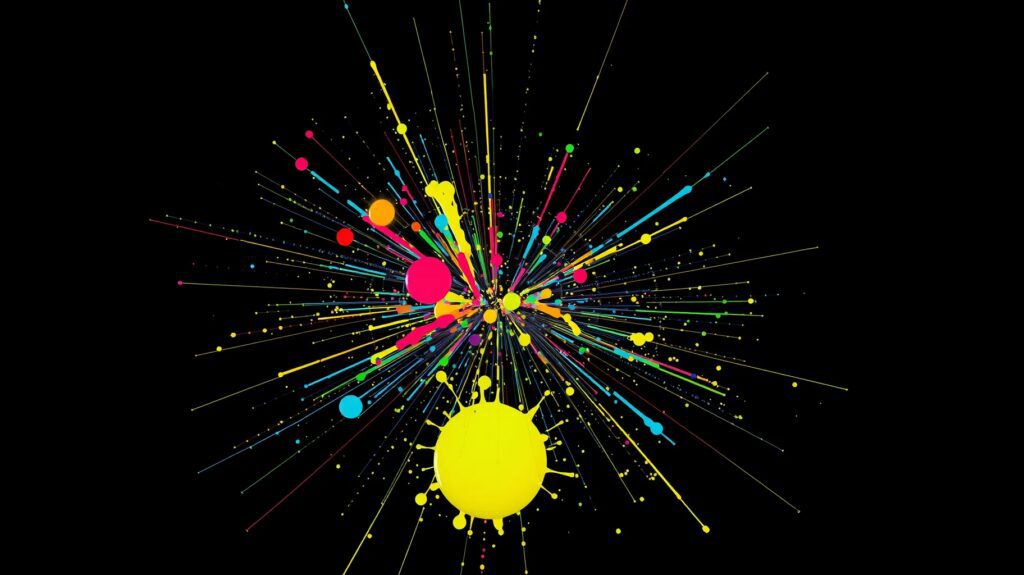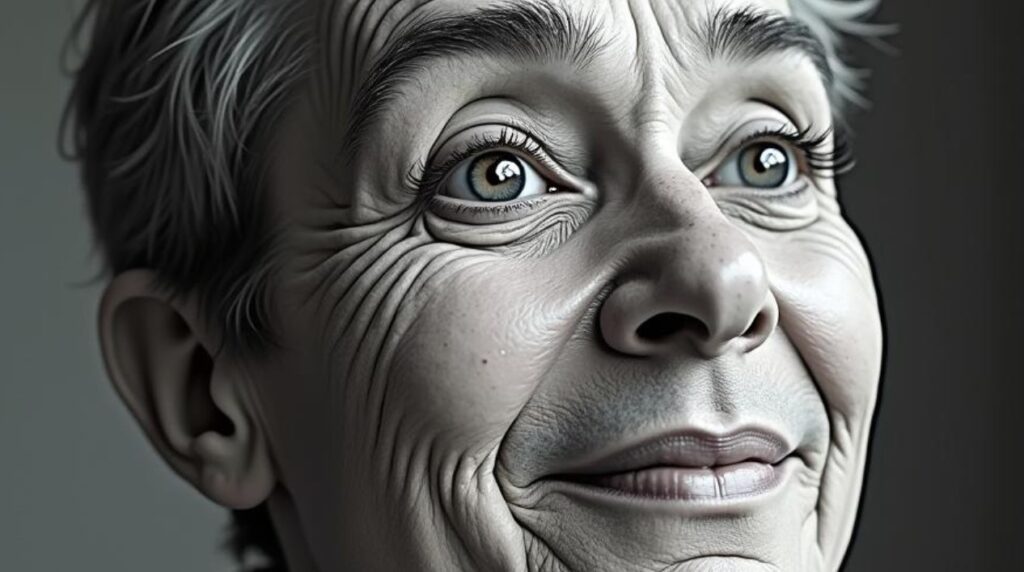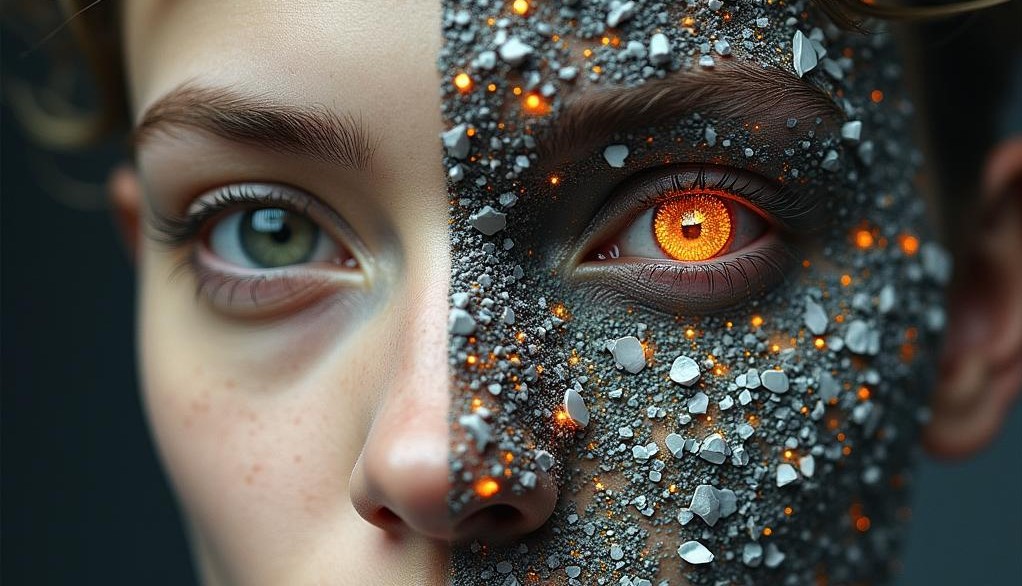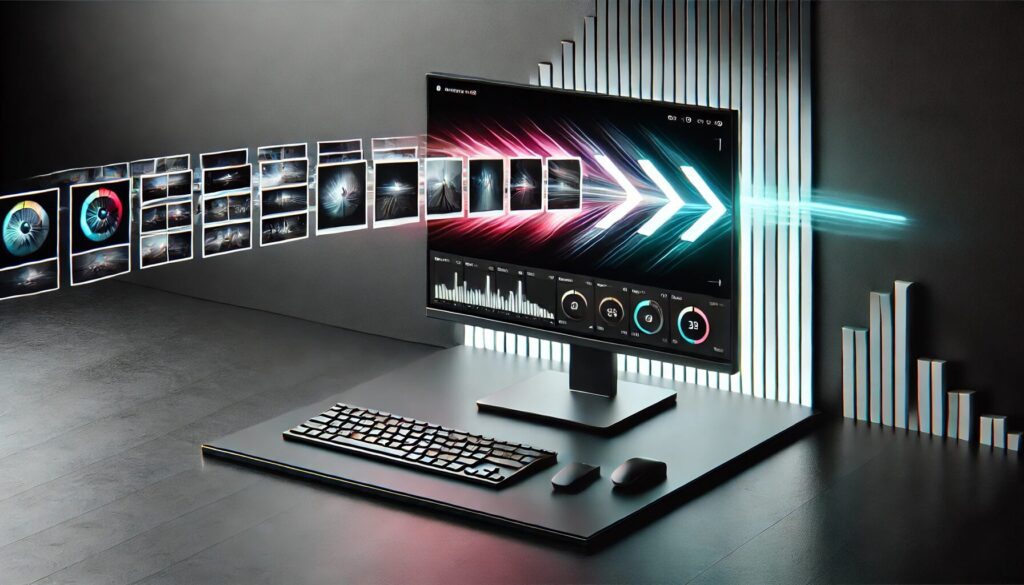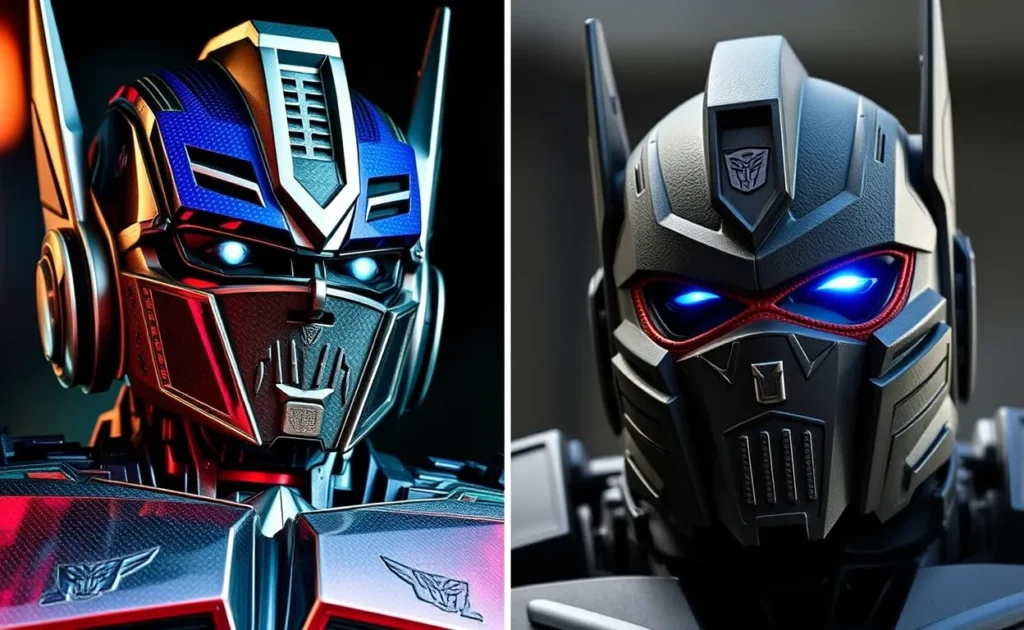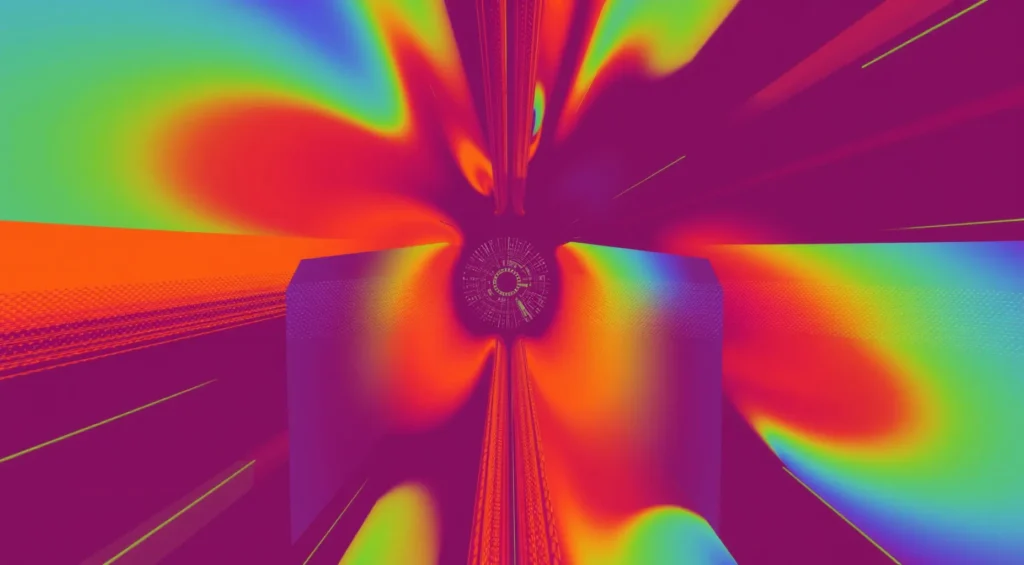
In the world of artificial intelligence, breakthroughs happen regularly, but some innovations truly stand out. GPT-4 Vision, or GPT-4V, is one such milestone, marking a new era in how machines interpret and interact with the visual world. Imagine a world where AI not only understands text but also sees and comprehends images with human-like intuition. Exciting, right?
What is GPT-4 Vision?
GPT-4 Vision is the visual extension of the GPT-4 language model. While the classic GPT-4 excels at processing and generating text, GPT-4V takes it a step further by incorporating image recognition and visual comprehension. This means that GPT-4V can analyze images, understand their content, and even generate descriptive text about them, blending visual intelligence with its already impressive language capabilities.
How Does GPT-4V Work?
GPT-4V is designed to process images in a way that’s strikingly similar to how it processes text. It “sees” an image by breaking it down into smaller, understandable components, much like how we might describe a complex scene by focusing on individual details before piecing them together into a coherent whole. Once it has analyzed the image, GPT-4V can generate text that describes what it sees, answer questions about the image, or even perform tasks like object recognition and classification.
This ability to both “see” and “speak” gives GPT-4V a unique advantage. It can be used in a variety of applications—from creating more accessible digital content for visually impaired users to assisting in complex fields like medical imaging, where understanding the nuances of an image can be crucial.
Real-World Applications
The potential applications of GPT-4V are vast and varied. Here are a few ways this technology could revolutionize industries:
- Healthcare: In medical imaging, GPT-4V could assist doctors by providing detailed analyses of X-rays, MRIs, or CT scans. It could identify abnormalities that may be missed by the human eye, offering a second layer of diagnostic accuracy.
- Education: For educational content, GPT-4V can generate rich, descriptive captions for images, making learning materials more accessible to students with disabilities. Imagine a history textbook where every image is accompanied by a detailed, engaging description that brings the past to life.
- E-commerce: Online shopping could become more intuitive with GPT-4V. It could help in cataloging products by automatically generating descriptions, or even assisting customers in finding items similar to what they are looking for by analyzing and comparing product images.
- Entertainment: In video games and virtual reality, GPT-4V could enhance the realism of interactions by allowing AI characters to perceive and respond to their environment in a more human-like manner.
How GPT-4 Vision is Transforming Content Creation in Media and Entertainment
The creative industries have always been at the forefront of technological adoption, but the integration of artificial intelligence is taking things to an entirely new level. Traditionally, creativity has been viewed as an innately human trait, something that machines couldn’t replicate. However, with the advent of GPT-4V, we’re beginning to see a shift. This model combines the power of language processing with visual comprehension, allowing it to generate, enhance, and manipulate visual content in ways previously thought impossible.
Revolutionizing Film and CGI
In the world of film and CGI (computer-generated imagery), the introduction of GPT-4V is nothing short of revolutionary. Filmmakers and visual effects artists are now able to use AI to streamline the creative process, saving time and resources while pushing the boundaries of what’s visually possible.
Scene Generation and Concept Design: One of the most exciting applications of GPT-4V in film is its ability to assist in scene generation and concept design. Directors can input a brief description of a scene, and GPT-4V can generate a variety of visual interpretations, providing a visual storyboard that captures the mood, setting, and even the lighting of the scene. This not only speeds up the pre-production process but also allows for more creative experimentation.
Enhancing CGI: When it comes to CGI, GPT-4V plays a pivotal role in enhancing the realism of digital environments and characters. By analyzing real-world images, GPT-4V can generate hyper-realistic textures and lighting effects, bringing digital creations closer to reality. This capability is particularly valuable in science fiction and fantasy genres, where creating believable, otherworldly environments is key to the storytelling experience.
Post-Production Magic: In post-production, GPT-4V can be used to automate the enhancement of visual effects, such as adding realistic reflections, shadows, or atmospheric effects to a scene. This not only reduces the workload for visual effects teams but also ensures a consistent quality across the film.
Transforming Gaming: A New Level of Immersion
The gaming industry is another arena where GPT-4V is making a profound impact. With its ability to generate and interpret visual content, GPT-4V is helping game developers create more immersive and interactive experiences.
Procedural Content Generation: One of the most time-consuming aspects of game development is creating expansive game worlds filled with rich detail. GPT-4V can assist by generating procedural content—such as landscapes, buildings, and even entire cities—that are unique and visually stunning. This allows developers to focus on the narrative and gameplay mechanics, while the AI handles the heavy lifting of content creation.
Character Design and Animation: GPT-4V is also being used in character design and animation. By analyzing human movements and facial expressions, it can create more lifelike characters that react dynamically to the player’s actions. This not only enhances the visual realism of games but also makes interactions with non-playable characters (NPCs) more engaging and believable.
In-Game Advertising: Beyond game design, GPT-4V is transforming in-game advertising by enabling the seamless integration of branded content into the game environment. Ads can be dynamically generated to match the aesthetic of the game, ensuring they enhance rather than detract from the player’s experience.
Streamlining Advertising and Content Creation
In the fast-paced world of advertising, where capturing attention is key, GPT-4V is a powerful ally. It helps advertisers generate compelling visual content that resonates with target audiences, all while reducing production time and costs.
Ad Campaigns and Visual Storytelling: With GPT-4V, advertising agencies can quickly generate a variety of visual concepts for ad campaigns. By inputting key themes and messages, the AI can produce visuals that align with the brand’s identity and appeal to its audience. This ability to rapidly iterate on visual ideas enables more agile and responsive campaign development.
Personalized Content: Another major advantage of GPT-4V in advertising is its ability to create personalized content. By analyzing user data, the AI can generate visuals that are tailored to individual preferences, increasing engagement and conversion rates. This is particularly valuable in digital advertising, where relevance is key to capturing attention in a crowded online space.
The Creative Process: Collaboration, Not Replacement
While some might fear that AI like GPT-4V could replace human creativity, the reality is more collaborative. GPT-4V is a tool that enhances the creative process, providing new ways for artists, designers, and creators to express their ideas. It takes over the more labor-intensive aspects of content creation, freeing up time for human creators to focus on innovation and storytelling.
Moreover, the integration of GPT-4V into creative workflows encourages a new kind of partnership between humans and machines. Artists can work alongside AI, using its capabilities to push the boundaries of their craft while retaining control over the final output. This collaborative dynamic has the potential to usher in a new golden age of creativity, where technology amplifies human potential rather than replacing it.
The Future of GPT-4 Vision
As impressive as GPT-4V is, it’s just the beginning. Future iterations of this technology could push the boundaries even further. We might see AI that can understand and create visual art, design complex architectural plans, or even develop new scientific theories by analyzing visual data.
However, with these advancements come challenges. Ensuring the ethical use of GPT-4V, especially in areas like surveillance or deepfake generation, will be crucial. We must navigate these waters carefully, ensuring that this powerful tool is used to enhance our lives, not complicate them.
Final Thoughts
GPT-4 Vision represents a significant leap forward in AI technology. By merging visual and linguistic understanding, it opens up a world of possibilities. Whether it’s helping doctors save lives, making education more inclusive, or simply enhancing our daily interactions with technology, the impact of GPT-4V will be profound. We are on the brink of a new era, one where AI doesn’t just read our words—it sees our world. And that’s a vision worth sharing.
OpenAI Blog: Regularly updated with detailed articles about the latest advancements in AI, including GPT-4V.
